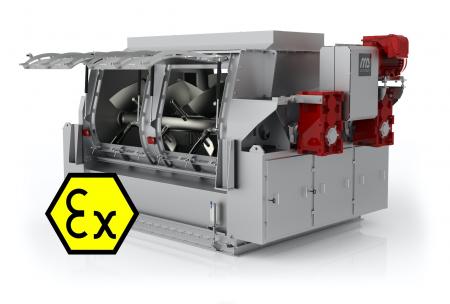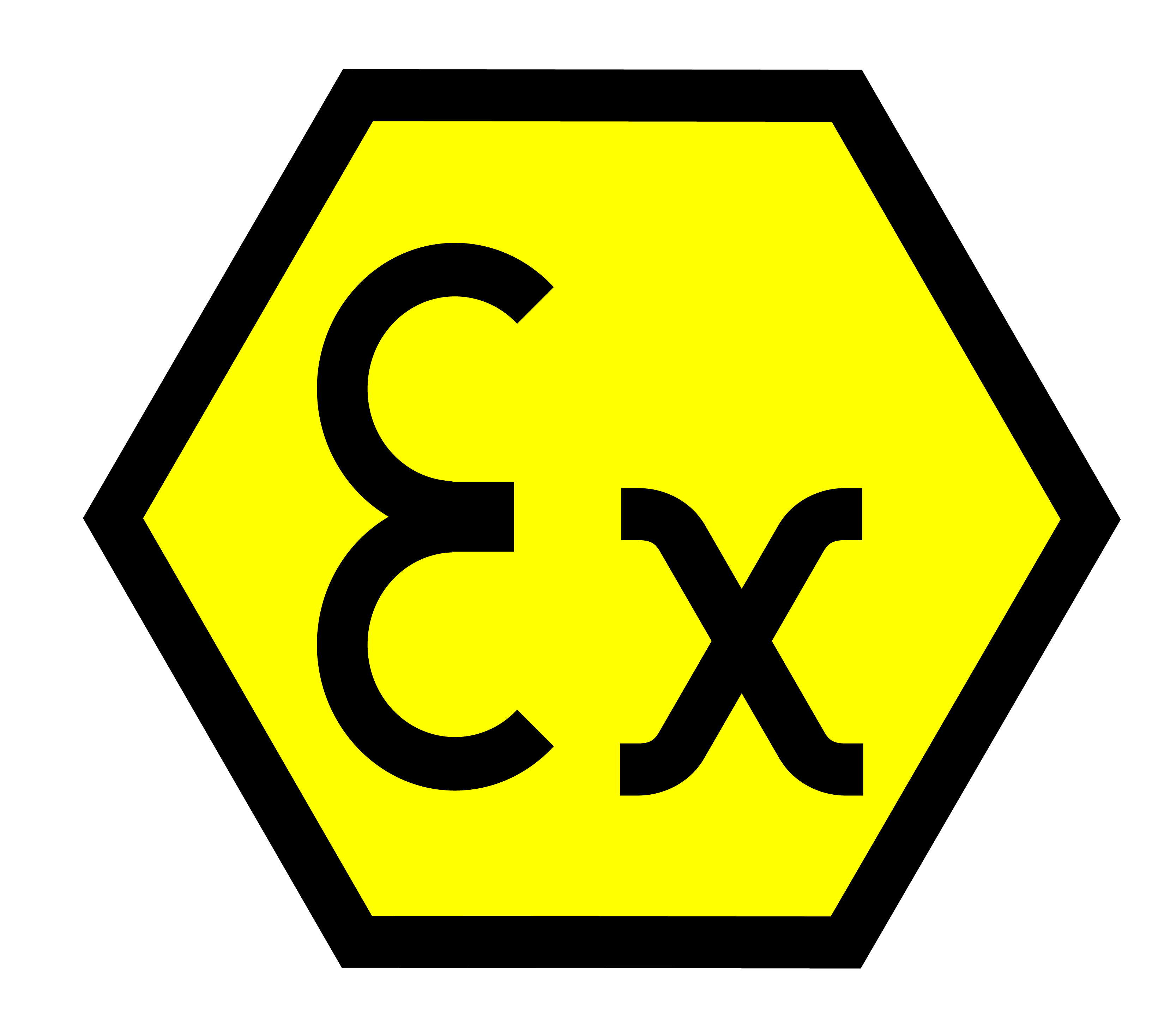European companies that encounter explosion risks must comply with European directives regarding explosion hazards.
This regulation is known under the name ATEX, this stands for ATmosphères EXplosibles and it concerns in particular the ATEX 153 directive and the ATEX 114 directive. This article will discuss:
- The regulations regarding explosive situations
- Preventing explosions
- The two most important ATEX directives
The experts at Dinnissen Process Technology are available to answer all your questions:
Get in touch with Juul Jenneskens 077 467 3555
Regulations regarding explosive situations
In many companies, large or small, there is a risk of explosions. Initially, the risk of explosion seems to apply in particular to the process industry and the chemical industry, but that picture is not correct. Explosions can also occur, for example, at bakeries, at water and purification plants or at companies in the packaging industry. Explosions can also occur in dust clouds. So even the food and feed industry are among the examples of companies where there is a risk of explosion.
In all European companies where there is a risk of explosions, work must be done in accordance with the ATEX 153 directive. Manufacturers who place products, machines or equipment on the market that are used in an environment where explosions can occur are also obliged to work according to the ATEX, in this case the ATEX 114 directive.
An explosive situation can arise from a rapidly flammable gas, vapor and mist, but can also occur in a dust cloud. In the Netherlands, these rules have been incorporated into the health and safety legislation and regulations. For gas explosion hazards, the Dutch Practice Guideline NPR 7910-1 “Hazard zone classification with regard to explosion hazard - part 1: Gas explosion hazard” applies. Similarly, the NPR 7910-2 guideline “Danger zone classification with regard to explosion hazard - part 2: Dust explosion hazard” applies to dust explosion hazards.
Linked to these two guidelines, there are Dutch standards that classify explosive atmospheres for gas explosion hazard (NEN-EN-IEC 60079-10-1) and for dust explosion hazard (NEN-EN-IEC 60079-10-2) respectively.

Pegasus Mixer with ATEX
Preventing explosions
An explosion, also called an explosion, is by definition the increase in the volume of a quantity of matter in a very short period of time. In any case, an explosion requires a quantity of gas, vapor, mist or dust that is mixed with air, more precisely with oxygen. An explosion can be initiated via ignition, but can be done via a high temperature or a sudden pressure shock on the mixture.
If it concerns a gas explosion or a dust explosion, it usually involves a very fast and violent combustion. A large amount of hot gas is produced in a short time during this combustion.
The energy released during the explosion can cause a lot of damage. There is almost always a high temperature and gases are released. Shock waves are also caused that can be heard at a distance.
Explosions can cause a lot of damage. They can cause fatal injuries and serious injuries, as well as major material damage. It is therefore very important to eliminate the causes of a possible explosion as much as possible. There are three principles that are used for this:
- Preventing the creation of an explosive atmosphere by ensuring that no flammable substances and / or oxygen are present.
- Elimination of possible ignition sources, for example via shielding and earthing.
- The controlled admission of the explosion and limiting the consequences of the explosion through an explosion-proof construction, for example through flame arresters, pressure plates or pressure relief valves.
The first principle is often not applicable because combustible materials often have to be used for production, for example as raw material for the end product or for heating the process. In an environment where people work, it is not practical to remove the oxygen. The simplest and most practical solution to reduce the risk of explosion is to eliminate the possible ignition sources.

ATEX logo
flammable materials often have to be used for production, for example as raw material for the end product or for heating the process
The two most important ATEX directives
In places where gas or dust explosions may occur, all electrical and non-electrical equipment and security systems must comply with the European ATEX 114 directive. In the Netherlands, this directive is included in the Explosion-safe Equipment Commodities Act Decree. Equipment that complies with these guidelines must bear the hexagonal logo below. The supplier must also be able to issue a CE product mark with the device.
Under the ATEX 153 directive, employers are obliged to create a safe and healthy working environment for employees who could be at risk from gas and / or dust explosions. In the Netherlands, the applicable rules are described in the Working Conditions Act and the accompanying regulations.
If an area within the company is at risk of explosion, this must be indicated in clearly visible places via the warning triangles below.
- A classification of the danger zones based on frequency and duration,
- The identification and assessment of the explosion risks,
- A plan of measures to achieve a safe working environment.
The first listed part of the EPD concerns a classification of the danger zones. If an area within the company belongs to one of the hazardous areas, the device must be approved according to the ATEX 114 directive.
The danger zones are defined as follows:
- Zone 0: there is continuous or for more than 10% of the operating time of a
installation an explosive gas mixture is present.
- zone 1: there is a high probability of the presence of an explosive gas mixture under normal operation (between 0.1% and 10% of the operating time of an installation)
- zone 2: there is a small chance of the presence of an explosive gas mixture and only
for a short period of time (less than 0.1% of the operating time of an installation)
- zone 20: an explosive dust cloud is present continuously or for more than 10% of the operating time of an installation
- zone 21: there is a high probability of the presence of an explosive dust cloud under normal operation (between 0.1% and 10% of the operating time of an installation)
- zone 22: there is a small chance of the presence of an explosive dust cloud and only for a short time (less than 0.1% of the operating time of an installation)

Name: Juul Jenneskens
Advisor
Please feel free to contact me if you have any questions about this subject. My team of colleagues and I are ready to answer!
Get in touch with Juul Jenneskens 077 467 3555 [email protected]
Do you prefer to request a consultation directly?
